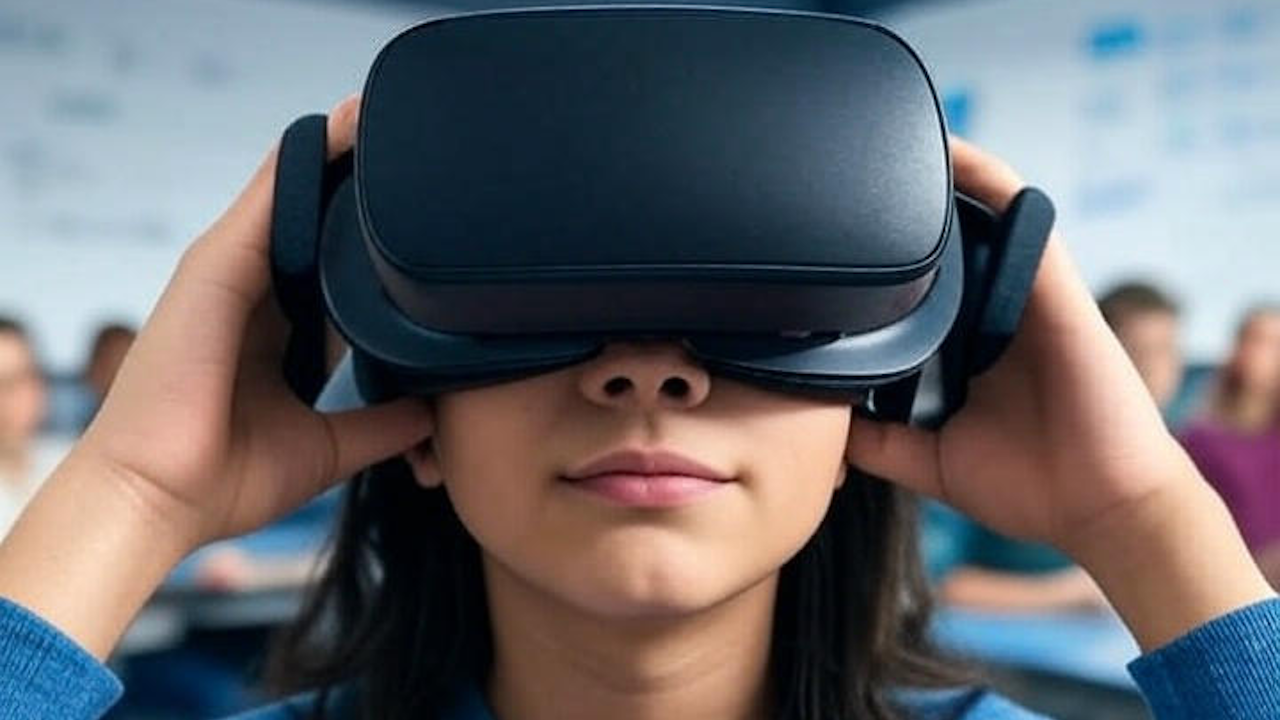The integration of virtual reality (VR) into educational frameworks is rapidly transforming how knowledge is disseminated and absorbed. It’s not merely a futuristic concept anymore; VR is actively reshaping pedagogical approaches, fostering immersive learning environments that transcend the limitations of traditional educational methods. This evolution extends far beyond simple entertainment, delving into the core of how we engage with and understand the world around us.
One of the most profound shifts facilitated by VR is the ability to create experiential learning opportunities. By simulating real-world scenarios, VR allows students to actively participate in learning, rather than passively receiving information. This is particularly impactful in disciplines that require practical application, such as medical training, where aspiring surgeons can practice intricate procedures in a risk-free virtual environment. Similarly, engineering students can design and test virtual prototypes, gaining invaluable hands-on experience before engaging with real-world materials.
Furthermore, VR is democratizing access to education, breaking down geographical and physical barriers. Virtual field trips, for instance, enable students to explore historical sites, museums, and natural wonders from the comfort of their classrooms. This opens up a world of possibilities for students who may not have the opportunity to experience these locations firsthand. Additionally, VR can be tailored to meet the needs of diverse learners, offering personalized and adaptive learning experiences. Students with learning disabilities can benefit from immersive environments that cater to their specific learning styles, promoting inclusivity and equity in education.
The power of VR to enhance student engagement cannot be overstated. By transforming learning into an interactive and captivating experience, VR captures students’ attention and fosters a deeper sense of curiosity. This heightened engagement translates into improved knowledge retention and a more profound understanding of complex concepts. Imagine, for example, a history lesson where students can walk through ancient Rome, or a science class where they can explore the intricacies of the human cell. These immersive experiences create lasting impressions, making learning more memorable and impactful.
Moreover, VR is fostering collaborative learning environments, enabling students to work together on virtual projects and simulations. This collaborative aspect of VR education promotes teamwork, communication, and problem-solving skills, which are essential for success in the modern workforce. By working together in virtual spaces, students can learn from each other, share ideas, and develop a deeper understanding of the subject matter.
Beyond the core academic subjects, VR is also proving to be a valuable tool for vocational training. Industries such as aviation, manufacturing, and construction are using VR simulations to train their workforce in safe and realistic environments. This allows trainees to practice complex tasks and develop essential skills without the risk of real-world accidents.
In conclusion, the impact of VR on education is far-reaching and transformative. It is creating more engaging, immersive, and accessible learning experiences, empowering students to learn in new and innovative ways. As VR technology continues to evolve, its potential to revolutionize education will only continue to grow, paving the way for a future where learning is more dynamic, interactive, and inclusive for all.

